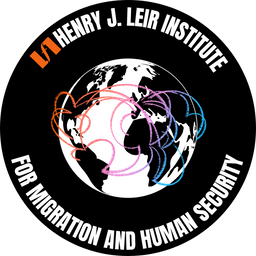Leir Migration Monitor: Navigating Trauma-Informed Research with Migrants on the Move
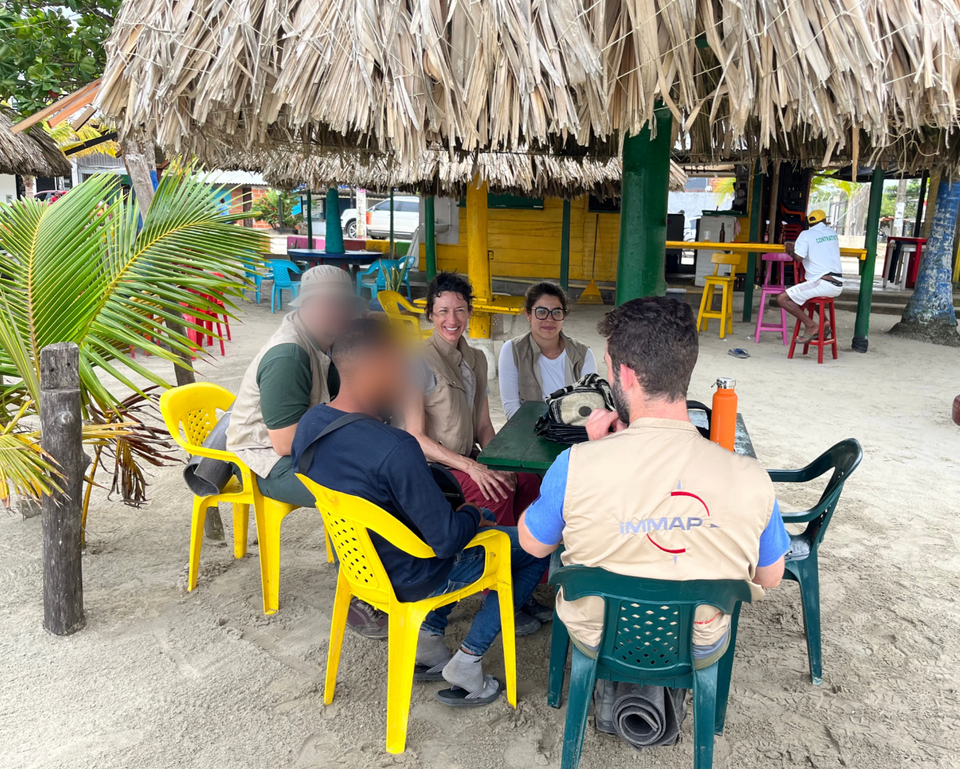
Hopes, Fears, and Illusions: Navigating Trauma-Informed Research with Migrants on the Move
In our latest Notes from the Field entry, Co-Principal Investigator Dr. Kimberly Howe and Project Manager Shenandoah Cornish share insights on HFI's trauma-informed methodology, which encourages researchers to be reflexive, to be aware of power dynamics, and to actively mitigate the risk of re-traumatization of informants.
Howe and Cornish reflect, "By contemplating the implications of our inquiries, we strove to foster an environment that respected the autonomy and agency of those who choose to share their stories."
How does this manifest in practice? Prior to departing for the field, researchers participated in trainings that discussed:
- Interview Choices: This included physical considerations emphasizing participant comfort and attending to non-verbal cues; framing techniques prioritizing human connection, active listening, and validation of participant experiences; and providing choices and opportunities for participants to exercise agency.
- Ethical considerations: We had lengthy discussions on representation, questioning how interlocutors are portrayed in research and its potential impact on their lives; positionality, reflecting on researcher biases, worldviews, and power dynamics in interactions; and the importance of transparent communication to establish trust.
- What It Means to be a Trauma-Informed Researcher: We explained what traumatic experiences are and their far-reaching impacts on individuals. We discussed how traumatic responses may be invisible to researchers, while underscoring the importance of recognizing distress when it arises. We also identified skills and interviewing techniques that could be utilized during interviews that might mitigate the risk of re-traumatization.
- Context-Aware Research: We explored options for tailoring HFI to each of the contexts where the project was located, acknowledging the specificity of each setting and adjusting methodologies accordingly; and we encouraged researchers to adapt to unexpected situations and regularly reflect on their approaches.
Read more of Howe and Cornish's reflections, and the ongoing questions they are left with, here:
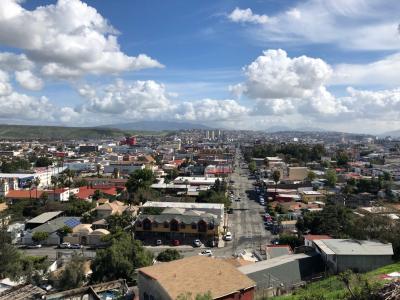
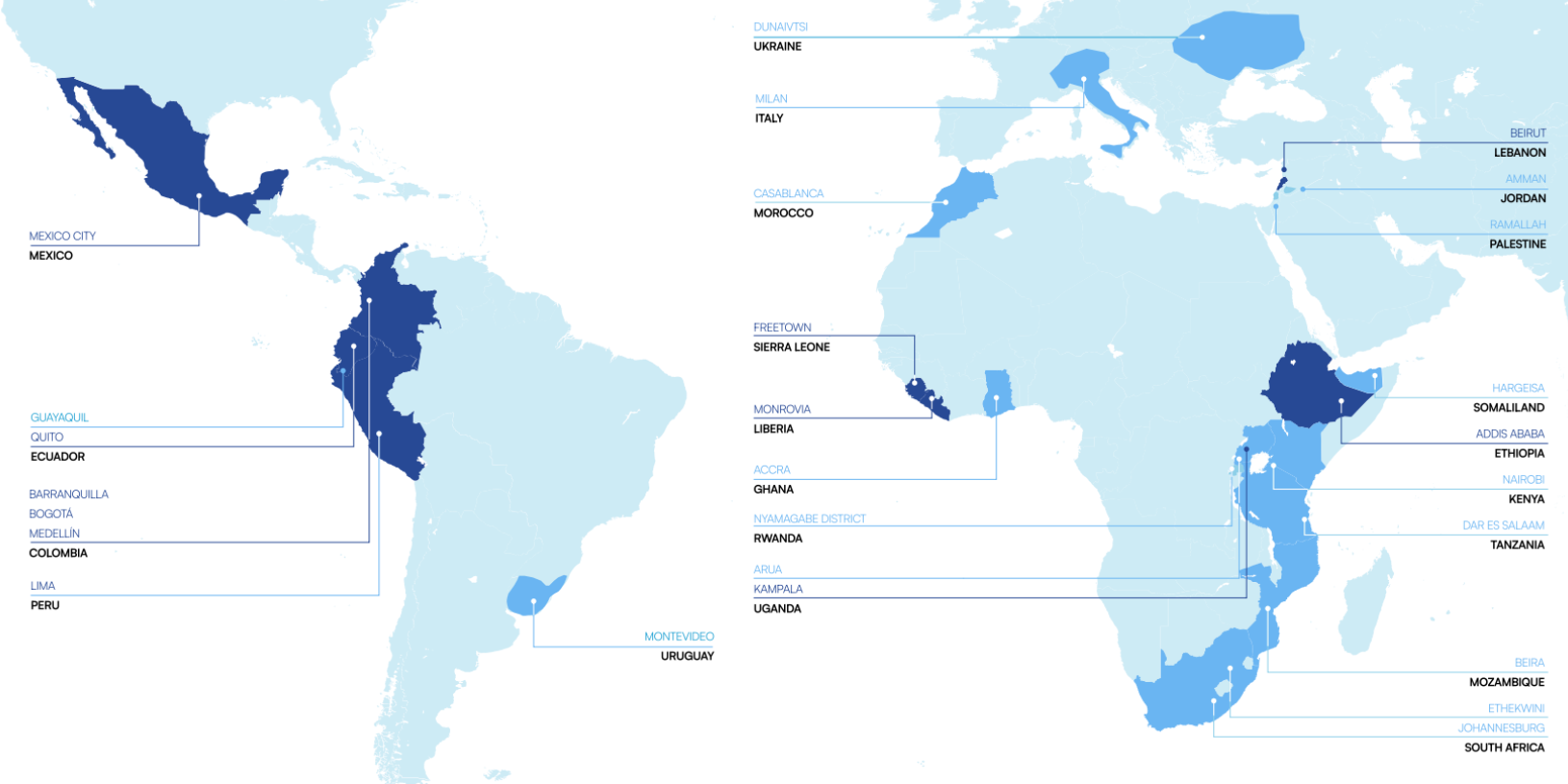
The Global Cities Fund for Migrants and Refugees: Building a Marketplace of City-Led Solutions
The Mayors Migration Council's Global Cities Fund for Migrants and Refugees tackles a key challenge in supporting displaced people: most migrants and refugees live in cities, but city governments don't have enough access to international resources to support these communities at the level of their ambition.
Leir Senior Fellow and MMC Director of City Practice, Samer Saliba, has helped grow the GCFR from a $1 million initiative to an $8 million fund supporting 28 cities implementing migrant- and refugee-inclusive solutions related to health, economic inclusion, climate, early childhood development, and more.
The GCFR's progress report not only demonstrates the promise and potential of city-led solutions, but also lays out an ambitious vision of a $50 million fund that reorients international funding toward local policymakers.
Read more about the Fund's impact:
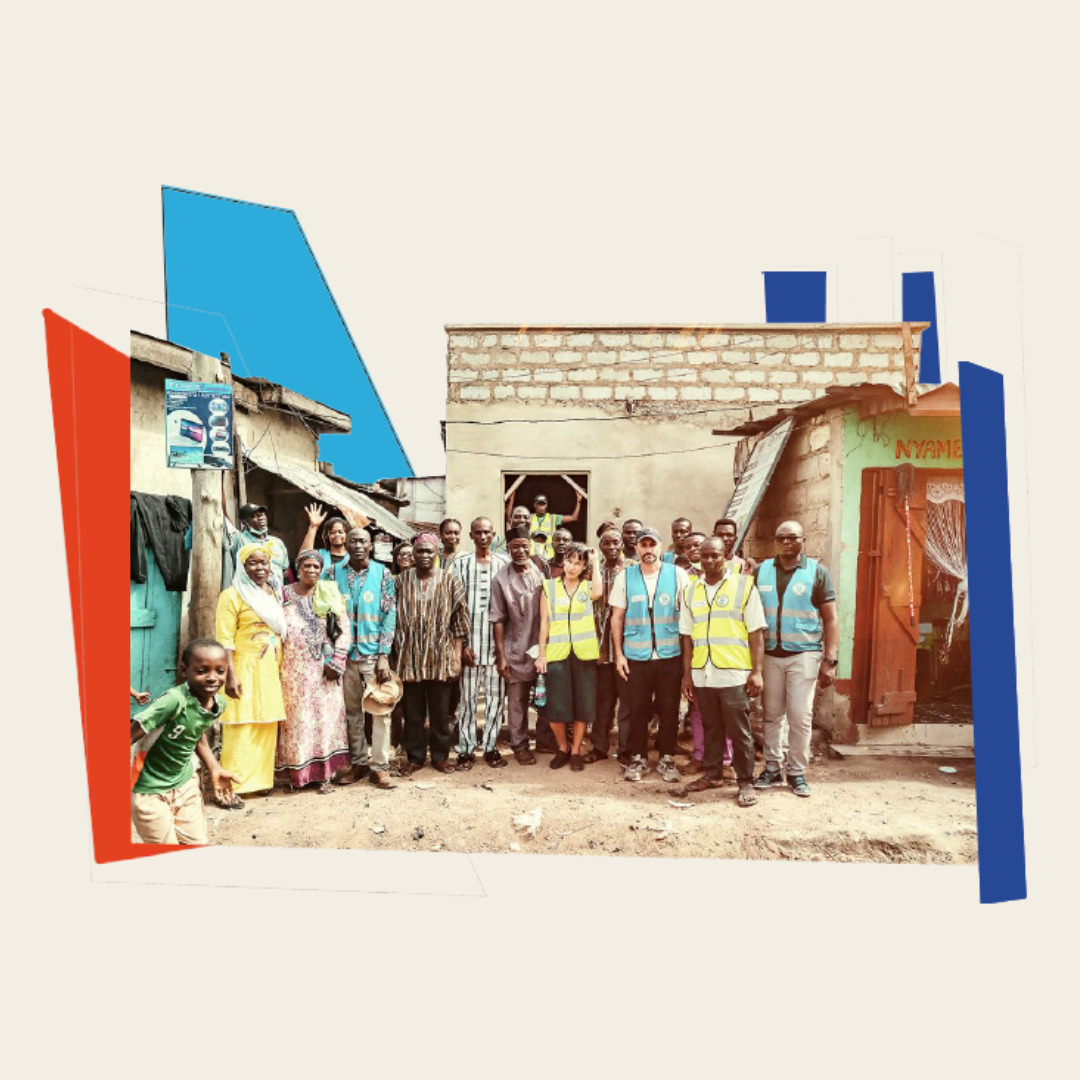
ICYMI: Migrant Protection Categories in International Law & Practice
By John Cerone, Visiting Professor of International Law & & Leir-Affiliated Faculty
Too often, migrants are categorized with terms that are conflated, misrepresented, or simply incomplete. As the U.S. Congress seeks to pass a bipartisan deal on border security and immigration reform, accurately categorizing migrants is about more than just terminology; categorizations convey rights and privileges under international law.
What role does international law play in regulating migration? Is there such a thing as “illegal” migration? What does it mean for migration to be “irregular”, or for it to be “mixed”? Is there a difference between a migrant, an asylum-seeker, a refugee, and an asylee? Is there a difference between “trafficking” and “smuggling” of people? Are any of these legally defined terms, or are they merely descriptive?
The purpose of this briefing is to provide a first step in understanding the legal situation by clarifying some of the relevant terms and providing a brief overview of various categories into which migrants might fall under international law.
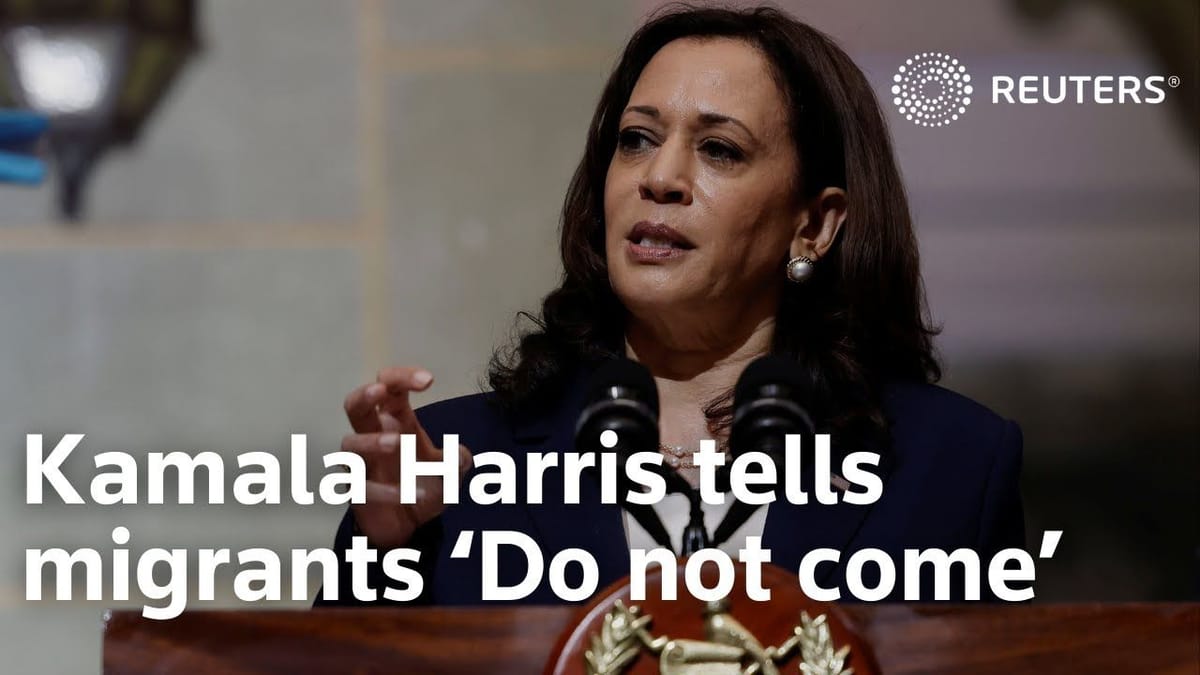
Spotlight: Jacob Ewing, F22

Jacob Ewing is a MALD 2022 graduate and served as the Leir Institute's project manager until August 2023. Currently, he is Individual Philanthropy Officer at the International Refugee Assistance Project (IRAP). In this role, Jacob builds and deepens relationships with individual donors, developing and executing strategies to strengthen and sustain the organization’s development efforts.
While at Leir, he oversaw the Institute's strategic planning, external engagement, and development efforts, launching the Leir Migration Monitor, the Leir Briefing Room, and the inaugural Alumni Advisory Group. During his graduate studies, he supported the Fletcher School’s Afghan Refugee Task Force and was a research assistant for the Refugees in Towns Project. Previously, he supported the Obama Foundation’s global programmatic and development efforts as analyst to the CEO.
I'm working on educating IRAP's community of supporters on the legal counseling and representation, legal information, impact litigation, and policy advocacy efforts, particularly through our client's own stories. IRAP is rooted in the belief that every person deserves a safe place to live and a safe way to get there and works to secure pathways to lasting refuge for refugees and migrants globally.
An insight I discovered: I recently learned that family reunification is a widely-available but underutilized pathway to safety. Family reunification is a legal right in the U.S., European Union member states, and many other countries, yet unjust systemic barriers often prevent migrants from accessing this pathway. IRAP is engaged in direct legal counseling and representation, strategic litigation, and policy advocacy to leverage, defend, and expand access to family reunification. The U.S. government recently adopted several IRAP recommendations that will enable faster reunification for approved applicants and improve access to the Central American Minors Parole and Refugee Program (CAM).
I'm passionate about amplifying displaced peoples' voices in advocacy work, both in storytelling and strategy. Storytelling is essential to conveying the humanity behind the headlines, but equally important is ensuring people with lived experience of displacement are not just at the decision-making table, but actively shaping the advocacy strategy. IRAP recently launched partnerships with four refugee-led organizations in Kenya, Indonesia, and Mexico with the goal of strengthening their capacity to address unmet needs and protection gaps for the communities they serve.


